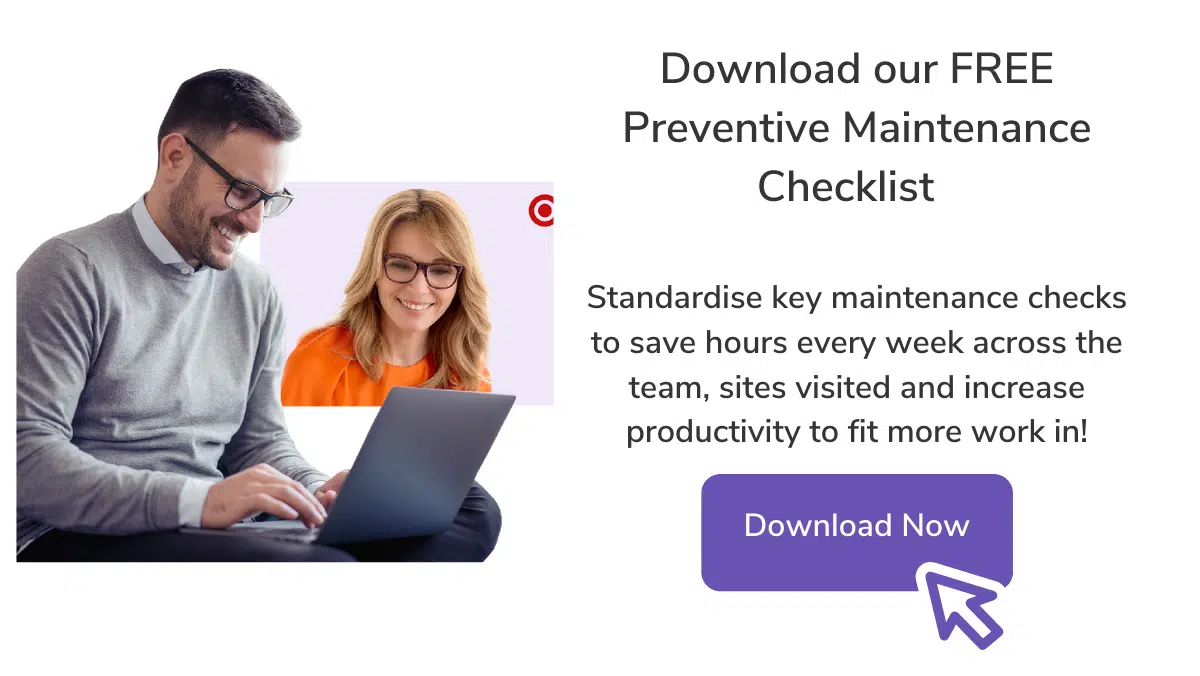7 HVAC Key Performance Indicators (KPIs) Companies Should Track

In any industry, growth is important to finding success. The hard part is finding out what areas of your business have potential for growth and planning the steps you need to take for it. The best way to track your objectives and goals are with Key Performance Indicators or KPIs.
You should consider a few factors setting your HVAC Key Performance Indicators, such as:
- How simple your goal is – don’t over complicate it.
- Make sure it is a relevant goal – How will knowing the results of this help you grow?
- Is it measurable? – you need to be able to measure a positive or negative outcome.
- Is it achievable? – While it is good to challenge your business, you need to be realistic. If you set a goal that is too unrealistic, you may give up and feel unmotivated.
Now you know what qualifications you need to include in your KPI, you now need to think about what KPIs you want to set. When you effectively set and track your KPIs you can boost your performance and productivity in your business.
Some Key Performance Indicators for your HVAC business can include:
1. Revenue
In the HVAC industry, tracking your sales revenue is one of the main KPIs used. Knowing what your sales revenue is will help you determine your other business metrics and determine what is or isn’t working for your business. Your revenue can include any products that you sell, your income from your emergency breakdowns, maintenance tests or other services.
Finding trends in your industry through your sales revenue can give your insight into the inner mechanics of your business. When you can better understand the inner workings of your workflow, you can ensure that your pricing is competitive and profitable for your company.
When you monitor your revenue over a long period of time you will notice patterns appear. When you gain visibility over this, you can better predict your down times. If you find that you have no HVAC installations in the seasons of autumn and spring, this might be the perfect time to begin scheduling your maintenance work.
Your revenue is the backbone of your business and when you don’t have a thorough scope of your revenue, you can have unpredictable cash flow.
2. Gross Margin
Your gross margin is your net sales minus the cost of your sales or goods sold. This amount will be a representation of your profit after you have deducted your expenses.
When you use KPIs to track your gross margin, you can see the potential for growth in your business. If you find that you have a lower gross margin number or percentage than you would like, this could be a sign that you have low productivity. A small gross margin may require you to look at your sales prices and your supplies. Buying in bulk can help cut back on your supply expenses and having a good inventory management system can save you time and money.
3. Profit and Loss
With Commercial HVAC you will have a profit and loss. This is the amount taken from your regular expenses and this can vary from month to month. You will have both fixed and variable costs in your day to day operations. Some fixed costs might include regular costs like fuel for your technician’s vehicles, technicians and contractors wages, parts or tools.
Ideally most businesses in the HVAC industry aim to keep the fixed costs left of 30%. If you find that you are exceeding this, it may be a good time to re-evaluate your costs to see where you could be saving more money.
4. Customer Relationships
It’s not just the factors inside your business that you should be tracking. External factors like customers will also be a good KPI to track. Your customer retention and customer relationship management can impact your business growth.
Having customers that regularly use your service and have a long term loyalty to your business are a valuable asset. It is always cheaper to keep your customers rather than have to worry about finding new ones. There is a balance you need to achieve between spending your time rewarding your current customers and looking to entice new customers.
You might find in your KPI tracking that you don’t have any returning customers and this might be because you are not offering an incentive. Long term customer discounts and great communication are always two easy paths to maintaining your customers.
5. Job Locations
Your KPIs can also be used to track your job locations. In the field service industry, you technicians might be scheduled for jobs in a wide or narrow market. By examining your job locations, you might find that you could be dispersing your techs more efficiently by scheduling jobs in the same area on the same day, rather than having your techs drive back and forward across town all day.
Minimising your wasted driving time can help you save on time and money. Are the trips back to the office during the day something that could be fixed with better planning?
6. ROI for Advertisements
A key part of any industry is advertising. However, not all advertising is effective and you might find that your ROI on your marketing experiments are lower than you’d like. If you are investing in a marketing campaign for your business, you need to know that is an effective path to take. Tracking the amount of new customers or increase in sales from your marketing is key to ensuring that you are getting a good ROI.
7. Job Time and Response
How much time are your technicians spending on site? With a job site time clock or tracking system, you can record how long certain jobs are taking to evaluate what you could be doing better. Using tools like checklists while on site help to make your time more consistent and productive.
Your job response time to emergency breakdowns will also be a key factor to consider in your KPI tracking. Is there room for improvement and training for your team?
Main HVAC Business KPIs Key Takeaways
To effectively track your HVAC KPIs you need to first understand your workflow and your long term business goals.
The most important factors you could be tracking in your business are:
- Revenue
- Gross margin
- Profit and loss
- Customer relationships
- Job locations
- ROI for advertisement
- Job time and response
With a software solution like FieldInsight, you can easily track technicians, boost your CRM, gain visibility over your budgeting and manage your jobs with just a click.
Get started today and book a demo with FieldInsight to learn more about how you could be helping your business grow.
What You Should Do Now
- Book a Demo. You’ll be in touch with an automation expert who has worked in this space for over 5 years, and knows the optimal workflow to address your needs.
- If you’d like access to free articles about managing HVAC workflows, go to our blog.
- If you know someone who’d enjoy reading this page, share it with them via email, Linkedin, Twitter, or Facebook.




